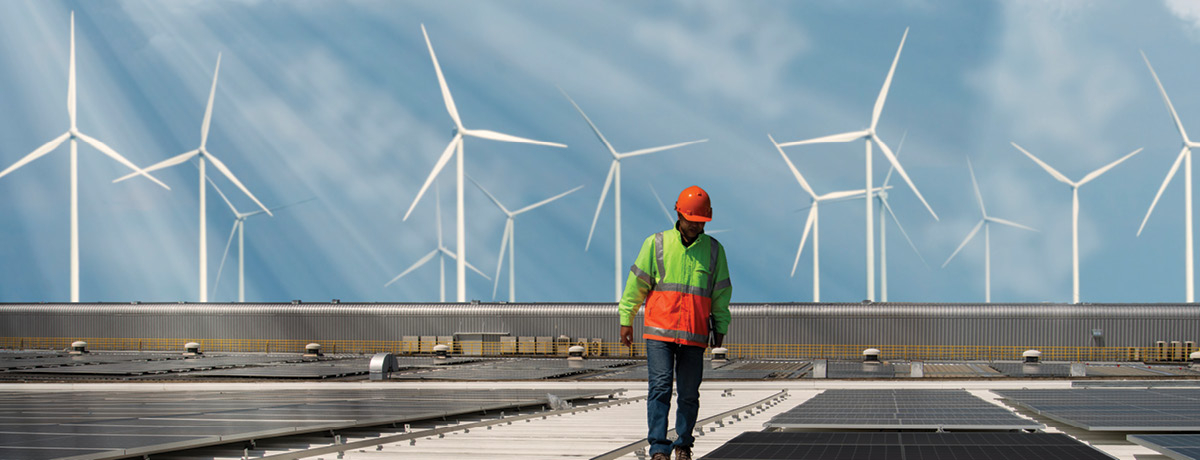Known as the top U.S. state in oil and natural gas production, Texas is currently going through a renewable energy boom, with many state lawmakers pushing for legislation that would increase the overall construction and operation of wind and solar energy projects in the near future.
The proposed legislation, referred to as S.B. 624 and its companion, H.B. 3707, would require all currently active wind and solar energy facilities in Texas, even those in the midst of construction, to apply for government permits with the Public Utilities Commission. Once granted a permit, facilities that fall under this scope will be subject to regular environmental assessments and public hearing requirements, allowing for more transparency within the state's already formidable energy sector. This meteoric shift in regulatory approach is one of many necessary changes for the state. According to legal experts, the public's interest is heavily rooted in the protection of native wildlife, increasing overall water quality across the state and defending untouched land against the harsh impacts that non-renewable energy generating facilities, such as coal manufacturing or oil production, often have on the environment.
Texas is currently on track to eclipse California with the largest solar capacity in the U.S. by the end of this year.”
Fossil fuel advocates across the state remain wary of the potential cost associated with such a drastic redirection in policy, though. Irfan Khan, assistant professor of electrical and computer engineering at Texas A&M, believes that once all necessary systems are set in place, costs will level out for customers across the state. "Texas is rich in wind speed and rich in sun. While there is a lot of initial investment, after the wind turbines are erected, the cost of wind is cheaper. Currently, the grid cannot handle all the renewable energy that already exists in Texas. If we do not have transmission lines to support the renewable energy that feeds to the grid, then it's useless," stated Khan, as reported by EcoWatch.
Texas, which is quickly becoming the leading state in wind power, is currently on track to eclipse California with the largest solar capacity in the U.S. by the end of this year. Well before Congress passed the Inflation Reduction Act in 2022, which featured roughly $360 billion in clean-energy subsidies meant to support solar and wind development, the idea of incorporating more renewable technologies into the state's power grid was already a topic of much debate.
With these bills still in the early stages of the legislative process, renewable energy developers, climate change activists and energy investors are expected to play a massive role in the outcome of this environmental plan. As it stands, Texas ranks the highest in electricity consumption yearly out of any state, meaning continued efforts to preserve fossil fuel usage could severely limit the federal government's goals of eliminating carbon from the country's national power system entirely.



























